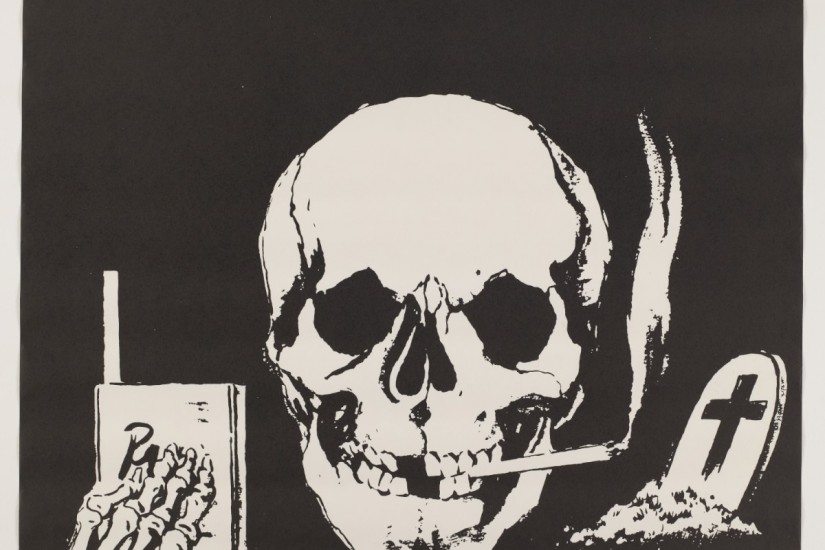For three days in June 1975, hundreds of public-health experts, doctors, civil servants, and activists from around the world converged in New York City for the Third World Conference on Smoking and Health. This conference was larger and more diverse than the previous two, in New York (1967) and London (1971). Most importantly, it included a new, decisive figure: the nonsmoker. During the 1970s, it was in his or her name that the most significant regulation of tobacco would occur. At a panel dedicated to the subject of “Nonsmokers’ Rights,” Glenn Goldberg, a lawyer for Action on Smoking and Health (ASH), placed the legal and social movement for nonsmokers’ rights in the context of the rights revolutions reshaping Americans’ sense of self, citizenship, and the obligations of the state.
“Black Americans, Spanish-surnamed Americans, American Indians, American women, American homosexuals have all utilized legal action and legal process to obtain and preserve their fair share of government protection and largesse,” he explained. “At long last, and most encouragingly, America’s nonsmoking majority is using the law to protect their lungs, to preserve their health, to save their very lives, from the forced inhalation of other people’s tobacco smoke.”
But rights-based liberalism of the 1970s was a tangle of paradoxes, and rights for nonsmokers were no exception. Once nonsmokers had laid claim to a set of inviolable rights, smokers insisted that their own rights were under threat. Even as activists spoke movingly of their pain and discomfort in smoky situations, rights were a language open to nonsmokers and smokers alike as they jostled for control of public space. White middle-class activists had learned from the civil rights movement’s democratization of public space. “Everyone has the right to attend to daily business, to participate in public affairs, and to seek recreation and entertainment without being subjected to constant, unnecessary health hazards and discomfort,” explained a 1976 pamphlet produced by the California Group Against Smoking Pollution (GASP) Legal Fund.
Yet nonsmokers’ rights activists rarely considered the ways in which public-smoking restrictions fell unevenly upon Americans who were more likely to find themselves reliant upon public facilities: racial minorities and the poor. Like other middle-class citizen movements of the decade, GASP argued from a position of victimhood without reckoning with the ways in which its advocacy reflected its members own racial and class privileges. Despite its pretense toward universalism (“everyone has a right to breathe air unpolluted by tobacco smoke”), nonsmokers’ rights talk reflected a thin vision of collective life. Of course, tobacco interests represented an even thinner slice of America. Woman-led, aspirationally universalistic, and insistent upon the democratization of public space, the nonsmokers’ rights movement was a foil to the patriarchal, particularistic, and opaque regime that had dominated tobacco politics.
